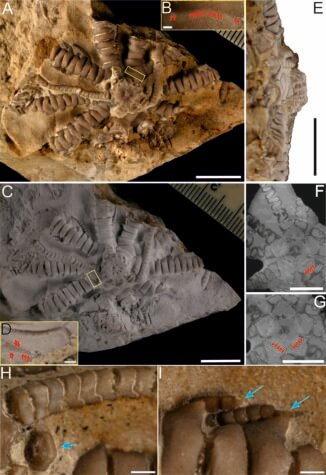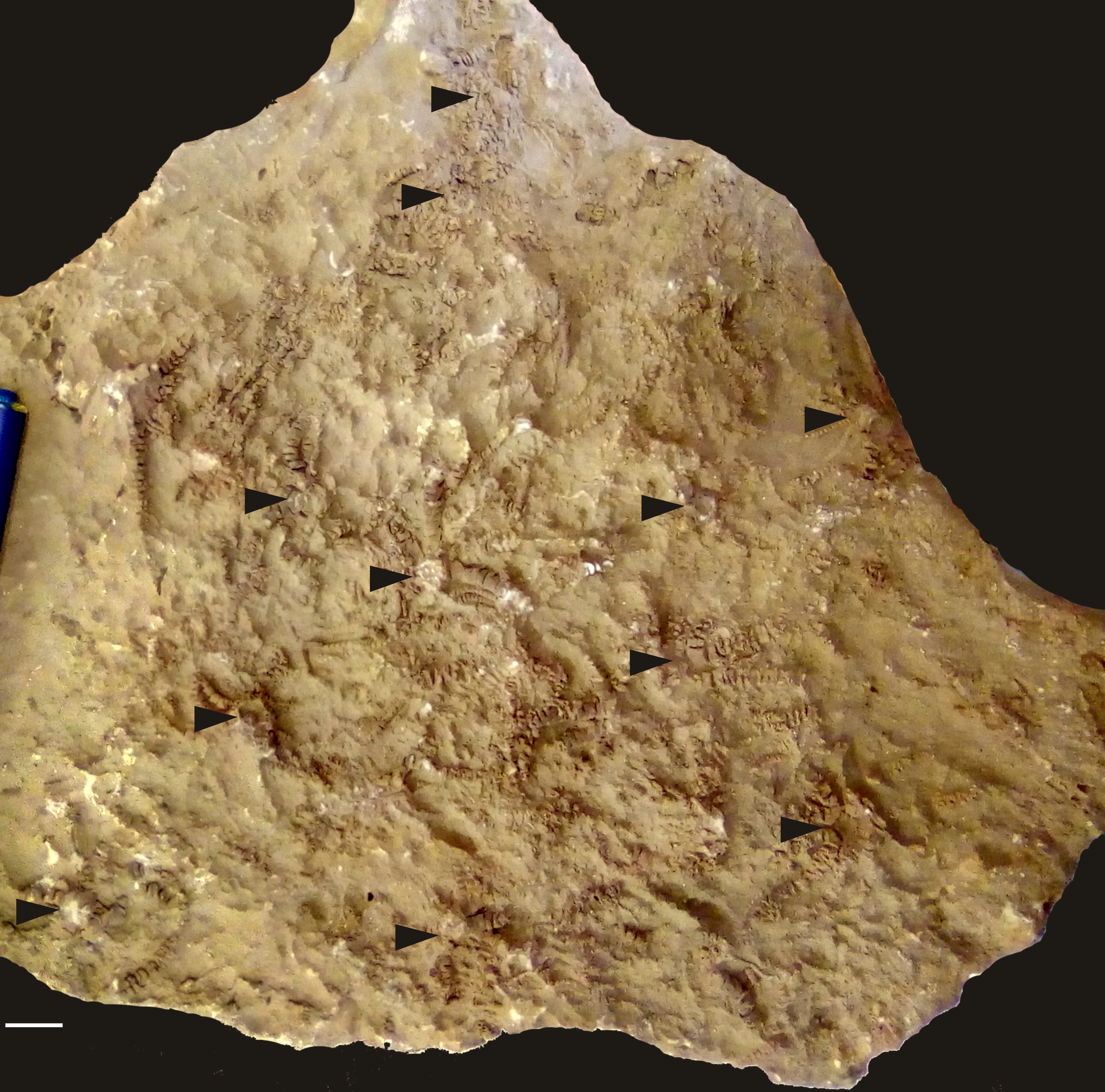KATOWICE, Poland — A 150-million-year-old marine invertebrate unearthed in Africa has been named after Ukraine President Volodymyr Zelensky. The bizarre creature had 10 long arms and sharp tentacle-like claws to grip the seabed.
The animal, named Ausichicrinites zelenskyyi, is closely related to sea stars, sea cucumbers and sea urchins. It was a type of feather star found abundant today on rocky bottoms from the Equator to the poles.
“The fossil is extraordinarily preserved,” says lead author Professor Mariusz Salamon, of the University of Silesia in Poland, in a statement per South West News Service. “Ausichicrinites zelenskyyi had 10 massive arms and a ring of clawlike appendages near the base to grip the substrate.”
Salmon adds that the creature was named in honor of Zelensky “for his courage and bravery in defending free Ukraine.”
Feather stars can be a variety of spectacular colors, from deep reds to vibrant oranges and electrifying yellows. Each arm can be up to a foot long. Their appendages are used to catch food, making the animals filter feeders. They sit in the water, expose their arms, and let nutrients moved by the current come to them.
Feather stars also have the ability to shed an arm the way some lizards can their tails, which is also an anti-predator response.
“The specimen shows evidence of regeneration, which reinforces the hypothesis about the importance of predation in the evolution of feather stars,” says Salamon.

Ausichicrinites zelenskyyi was about two inches in diameter. Its almost-complete remains were dug up at a site in central western Ethiopia.
“Feather stars, or comatulids, are mostly known from highly disarticulated specimens,” the authors write in their paper. “Here, we report a nearly complete, and thus extremely rare, comatulid from the Upper Jurassic of the Blue Nile Basin in central western Ethiopia that provides a unique insight into the morphology of comatulid arms and claws.”
The new fossil is believed to be the earliest example of regeneration in a feather star.
Born with a stem that they shed in adulthood, feather stars can have as few as five arms and as many as 200. They are often conspicuous to divers and snorkelers. They are not poisonous to humans, but can be toxic to other animals.
Snails often live on them. Fish may comb through feather stars looking for a tasty meal.
Feather stars are echinoderms, like the more familiar sea stars. They are also a type of crinoid, along with sea lilies, which have a stalk.
Ausichicrinites zelenskyyi is described in the Royal Society journal Open Science.
Report by South West News Service writer Mark Waghorn.
